Mount Rainier is a North American National Park from southeast Pierce County to northeast Lewis County in Washington state. It includes Mount Rainier, an active volcano that is the most glaciated peak in the contiguous U.S.A. It is crawling with wildlife. Let’s look at the top 21 animals that call Mount Rainier National Park home.
1. Roosevelt Elk
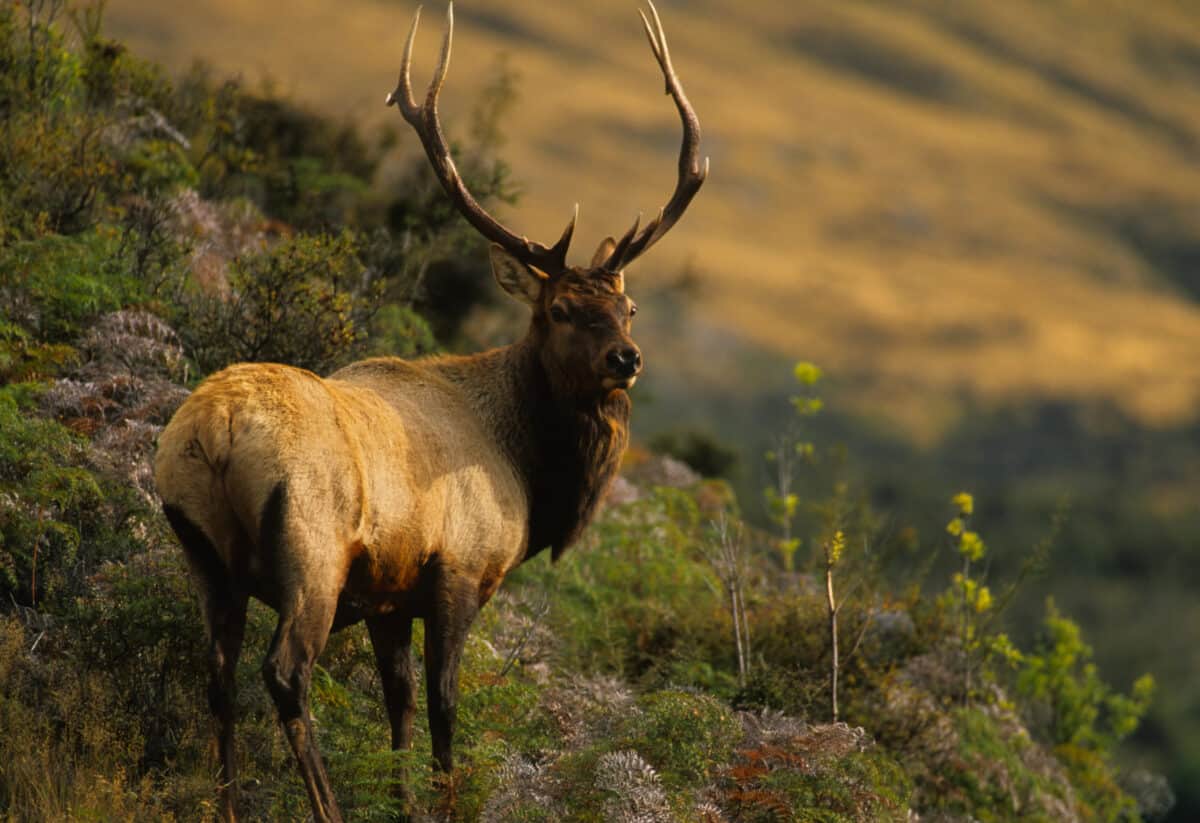
The largest elk species in North America, often seen grazing in meadows and forests.
2. Black Bear
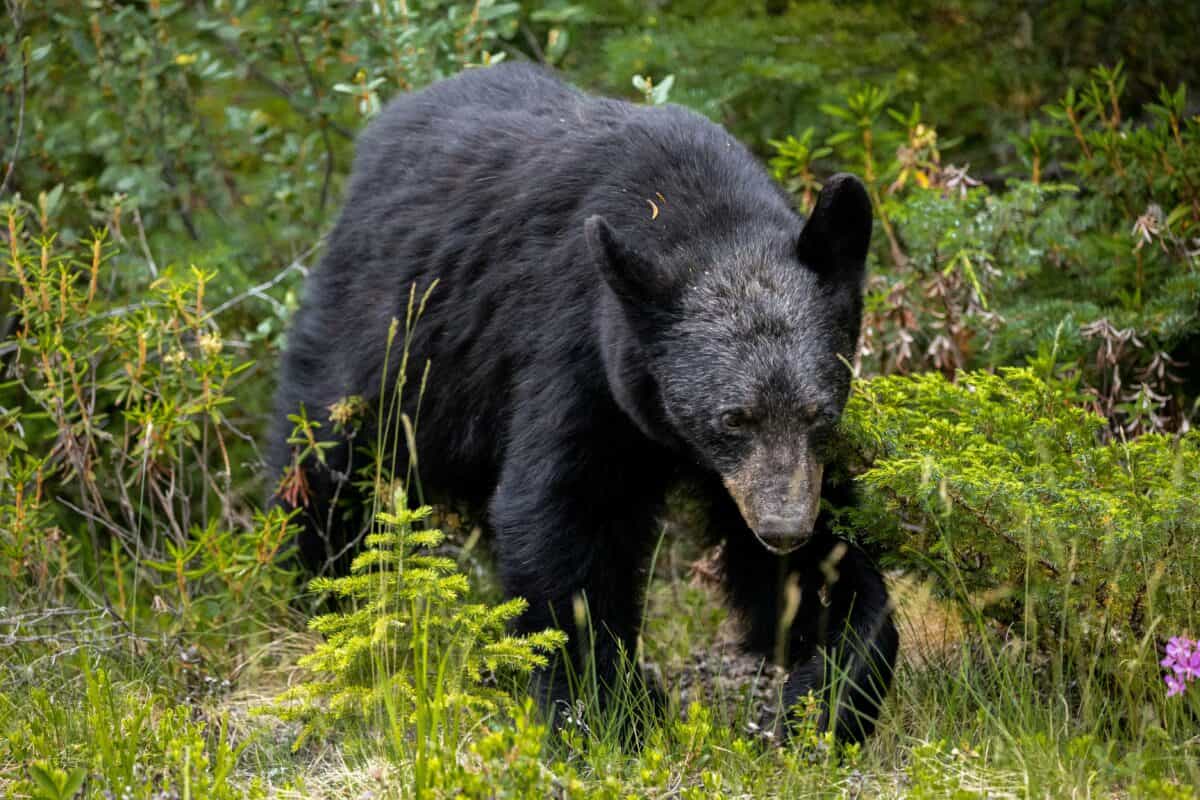
Commonly spotted in the park, particularly in wooded areas foraging for food. They are omnivoires and mainly feed on berries and nuts as well as small mammals and insects.
3. Mountain Goat
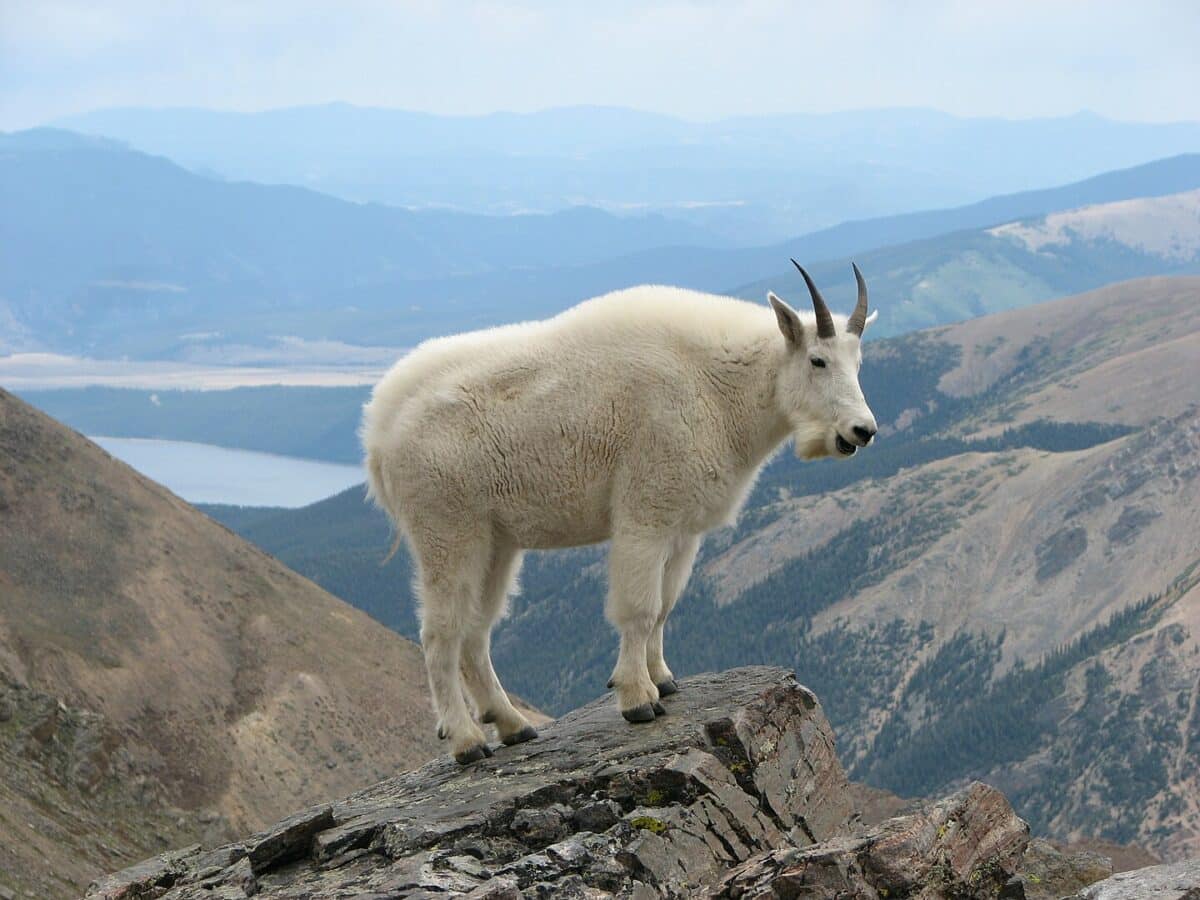
Known for their agility in rocky terrain, these goats inhabit high alpine areas. These goats are endemic o the remote and rugged mountains of North America.
4. Douglas Squirrel
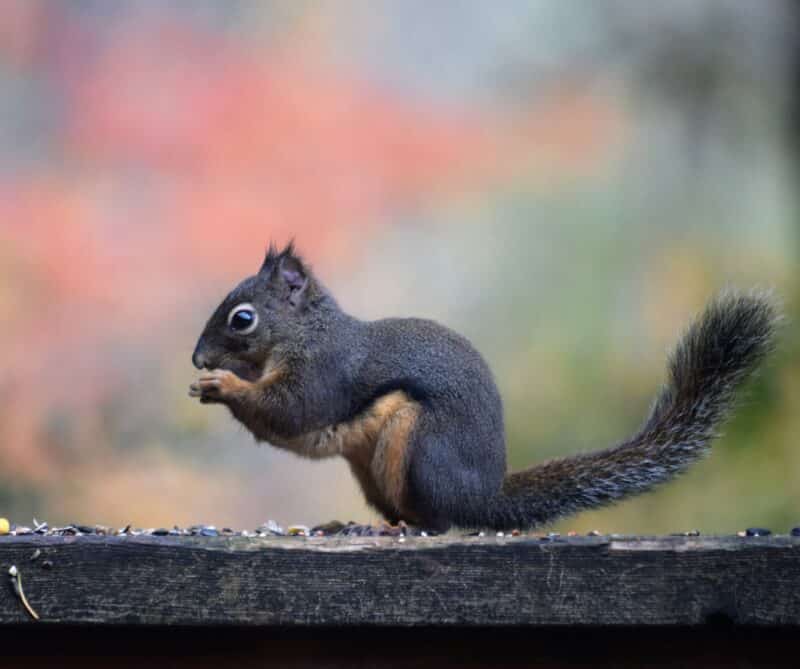
Image by Jennifer Uppendahl via Unsplash
A small, agile squirrel found throughout the forests of Mount Rainier. It is also known as the pine squirrel.
5. Cougar
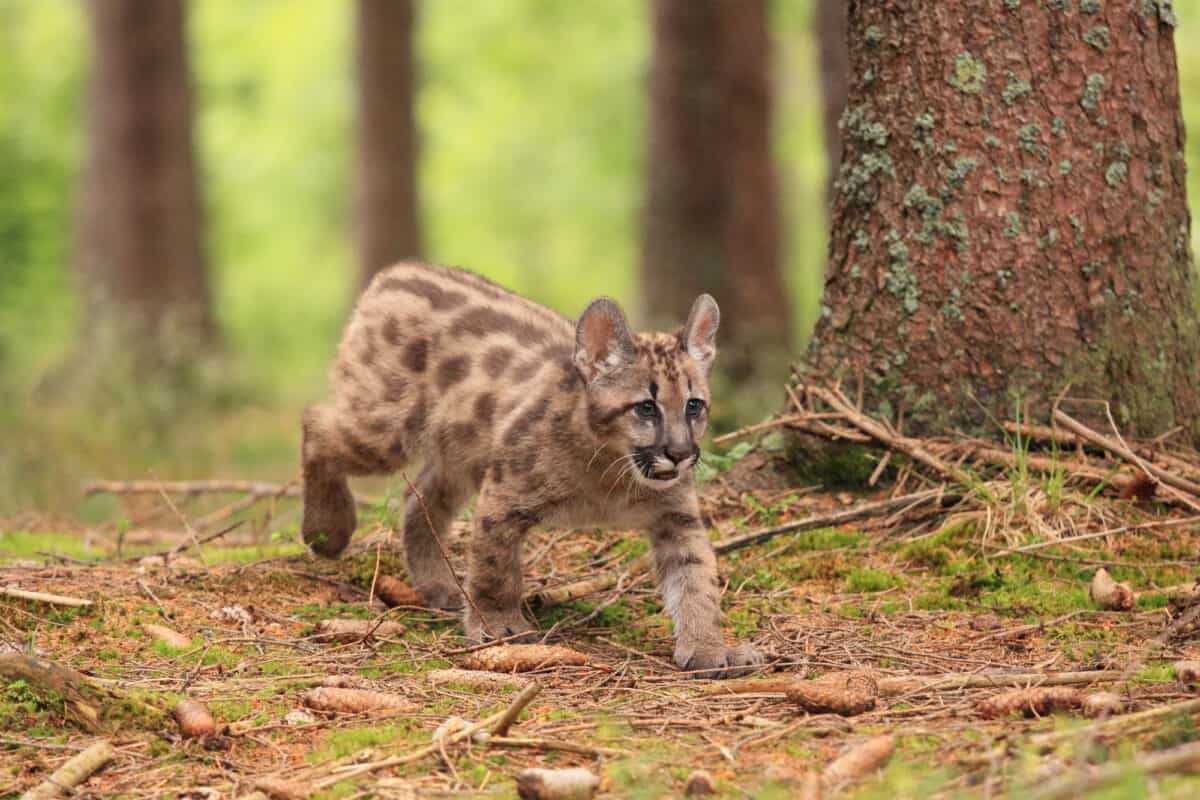
A solitary predator, cougars roam the park’s forests and prey on animals such as deer, elk, moose, mountain goats, and wild sheep.
6. Northern Spotted Owl
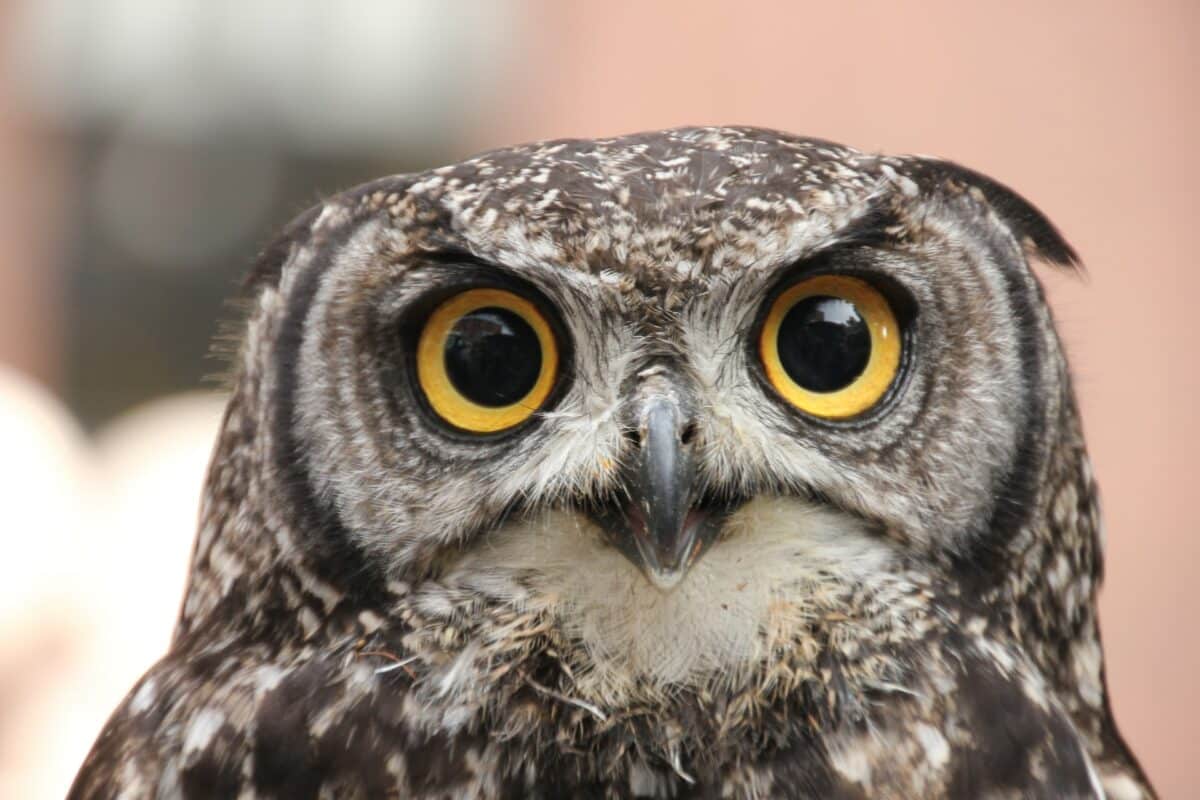
A nocturnal bird of prey, often found in old-growth forests. The most important food items are flying squrrels and woodrats.
7. Pacific Tree Frog
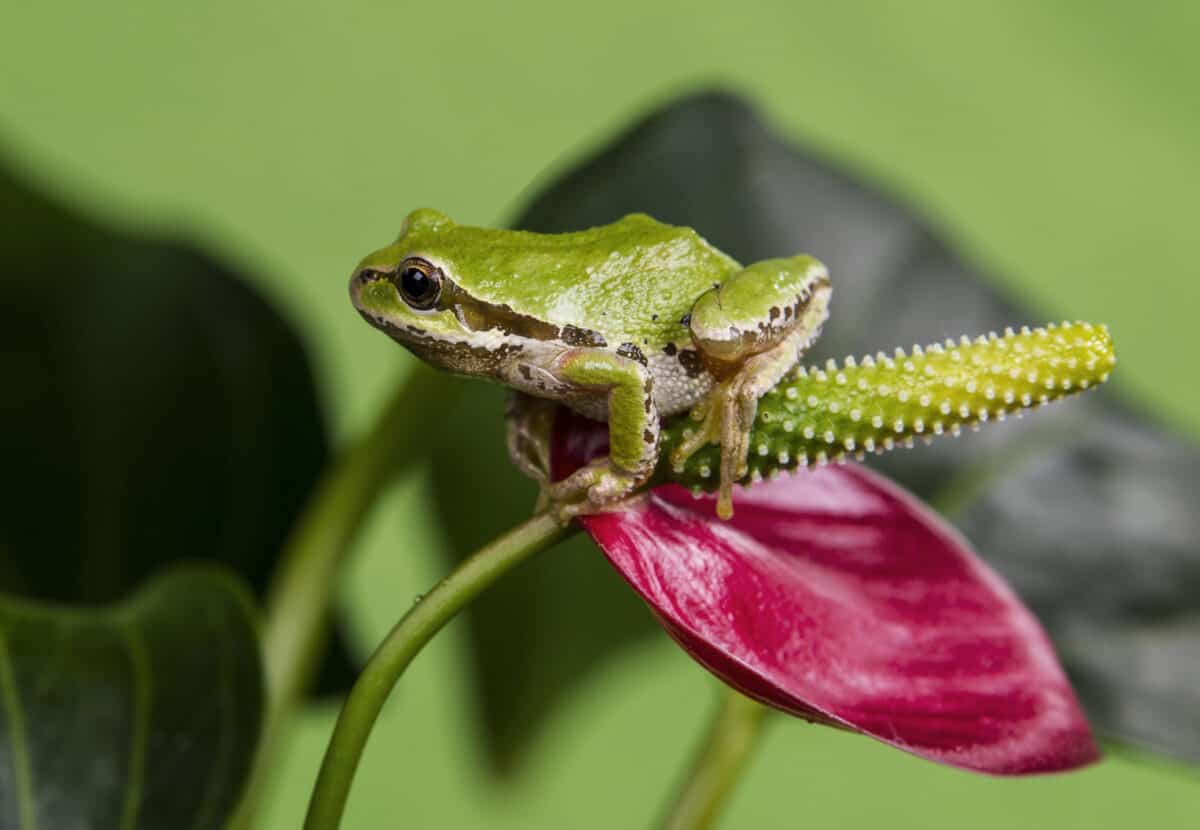
Small amphibians commonly found near streams and wetlands. It can be found in almost any habitat where there are steams that make suitable breeding waters.
8. Pine Marten
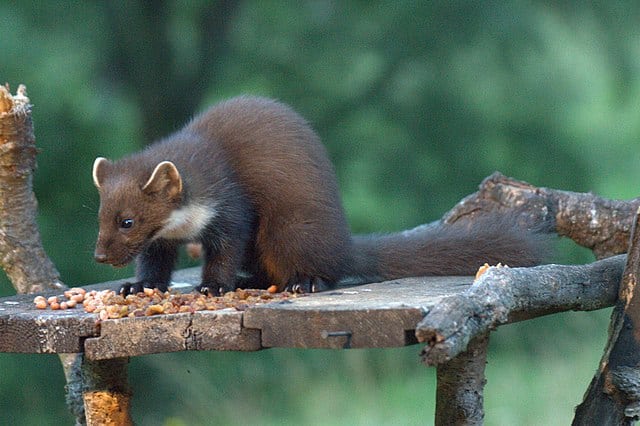
Agile and elusive, pine martens are skilled climbers and hunters in the park’s forests. They have semi-retractable claws used for climbing and running.
9. Northern Flying Squirrel
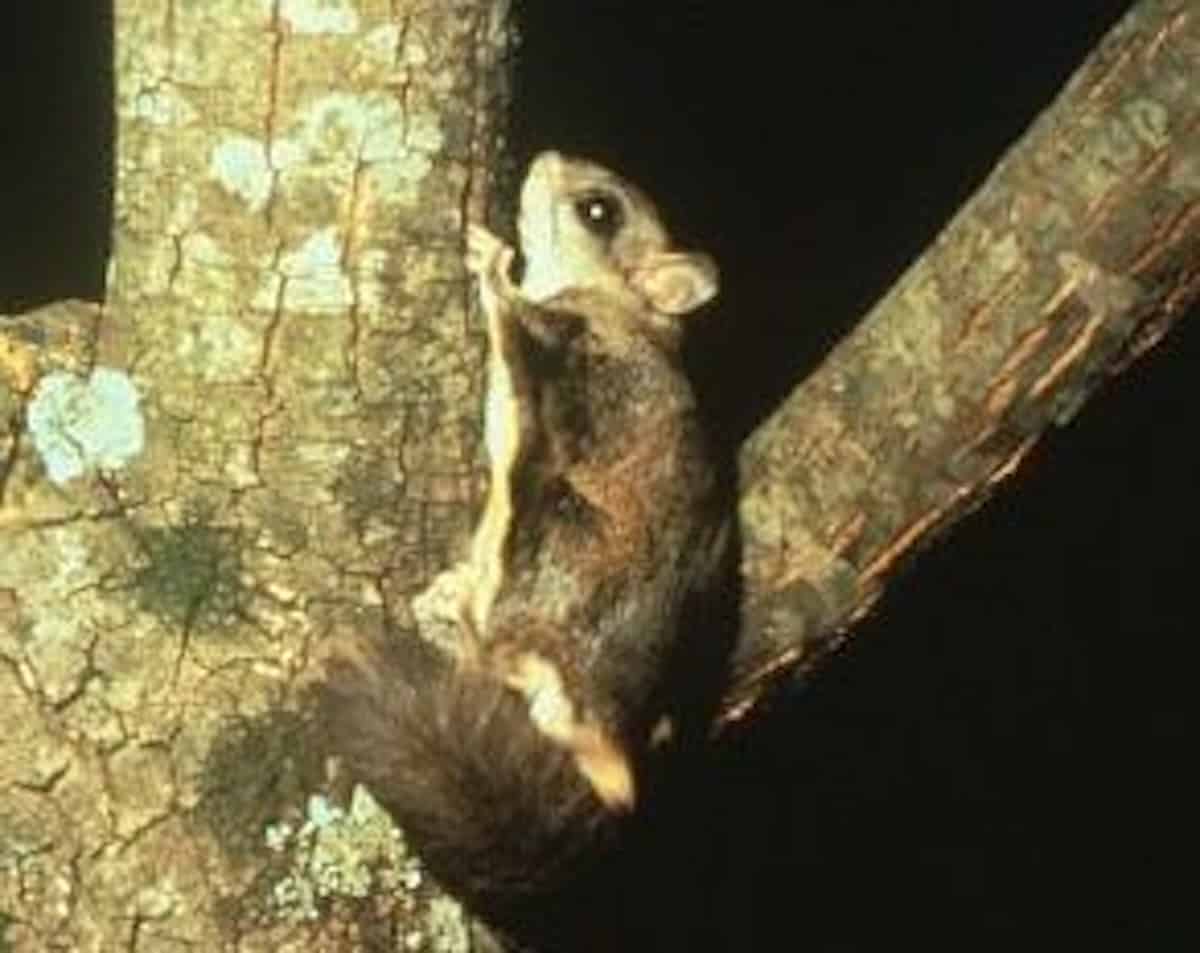
Nocturnal gliders that inhabit coniferous forests. The feed on different kinds of fungi, lichens, carrion, bird eggs and insects.
10. Bobcat
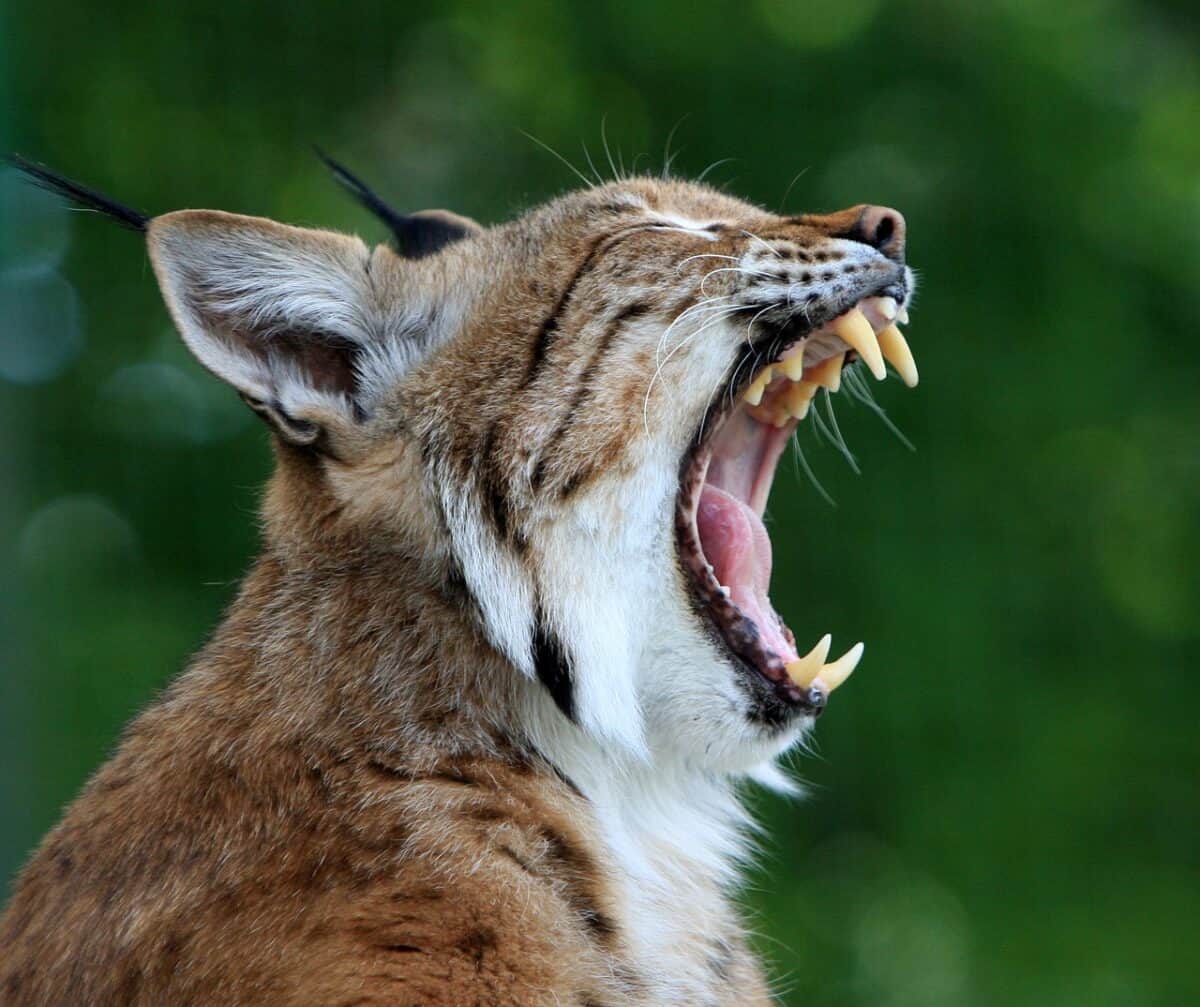
The bobcat also known as the red lynx is a shy and elusive feline predator found throughout the park. They are carniovres and eat a variety of small mammals as well as birds.
11. American Dipper
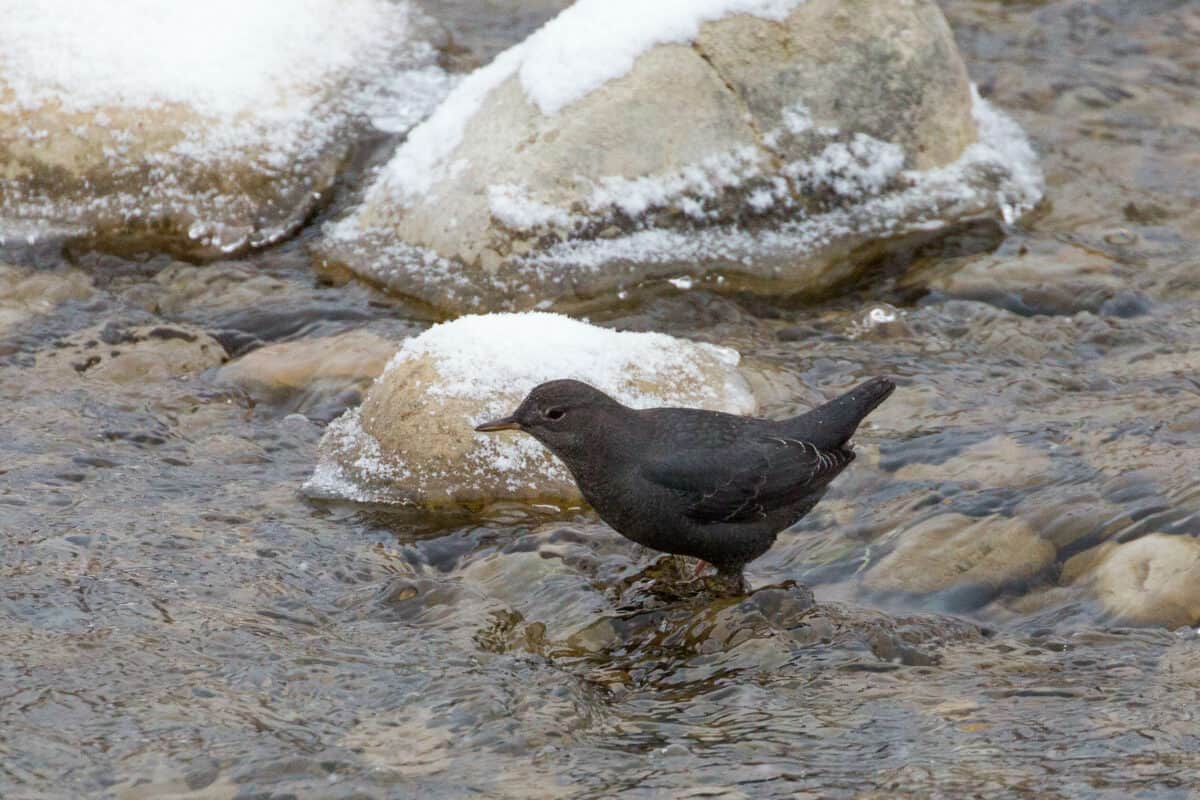
Known for its unique habit of diving and swimming in fast-flowing streams. It is known as America’s only true aquatic songbird.
12. Pika
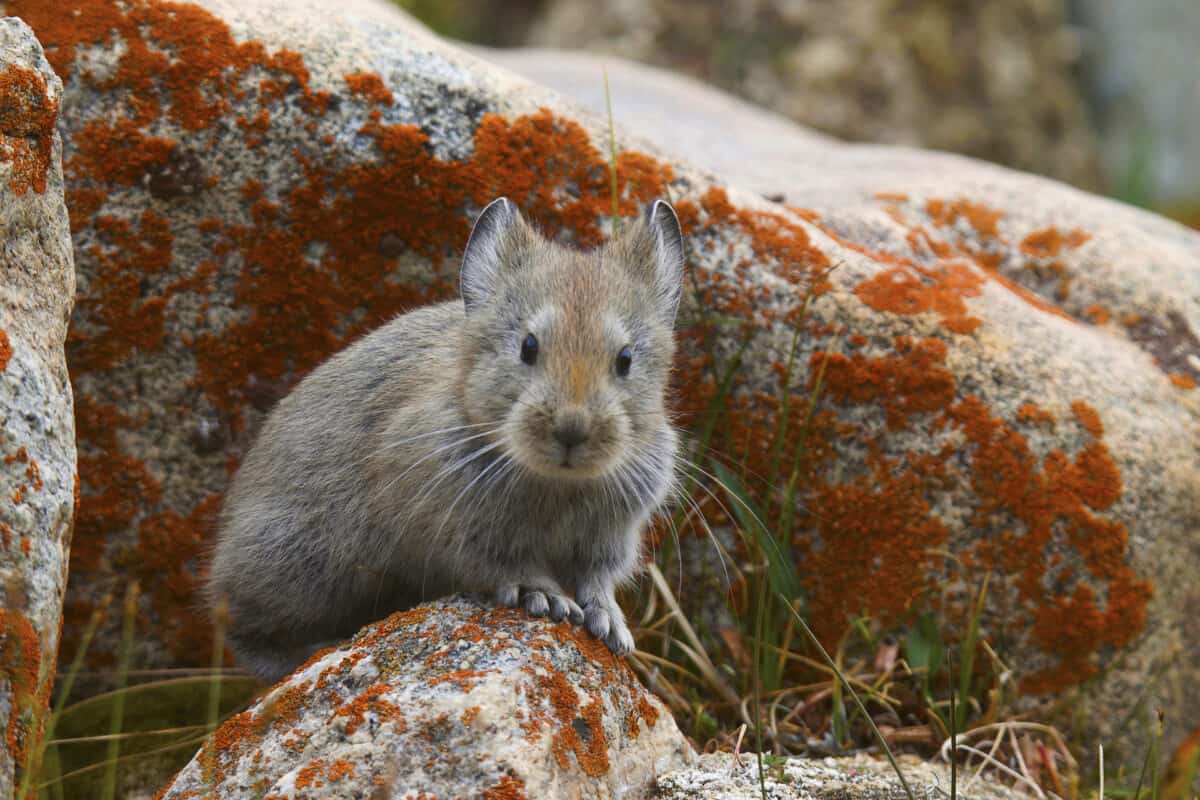
Small, round-bodied mammals adapted to high-altitude rocky habitats. They are native to Asia and North America. They have rounded ears, light brown and gray fur, long whiskers and no visible tails.
13. Red-tailed Hawk
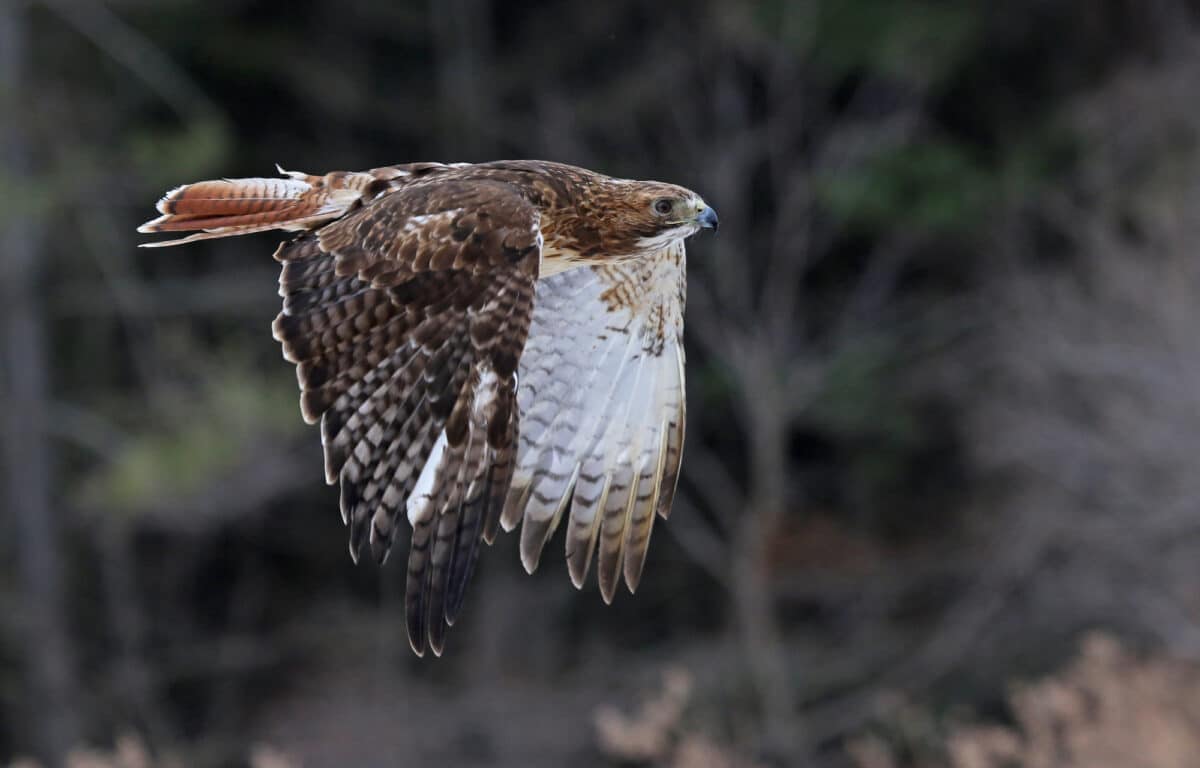
A common raptor found soaring over open meadows and forests. They have a flying speed of 20-40mph and can reach up to 120mph when diving for prey.
14. Olympic Marmot
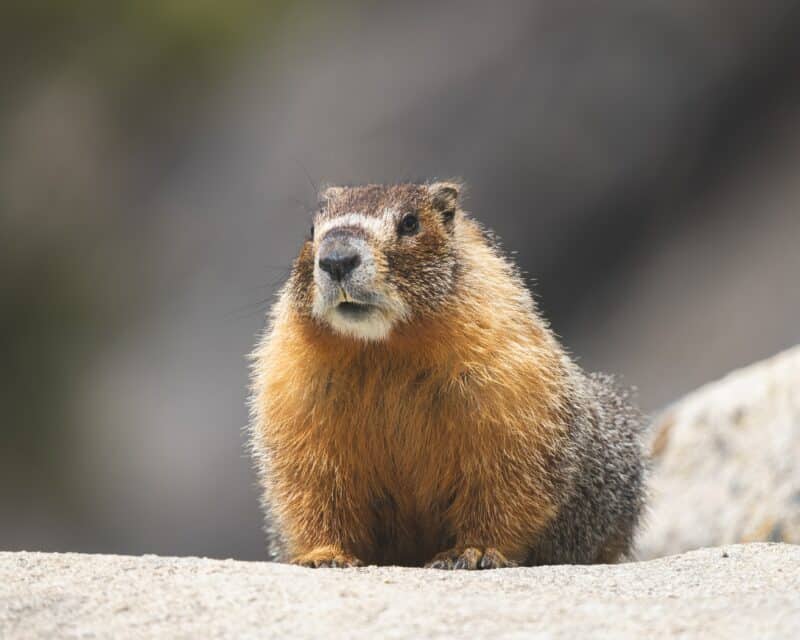
Endemic to the Olympic Peninsula, this large ground squirrel can also be found in the park’s alpine meadows.
15. Hoary Marmot
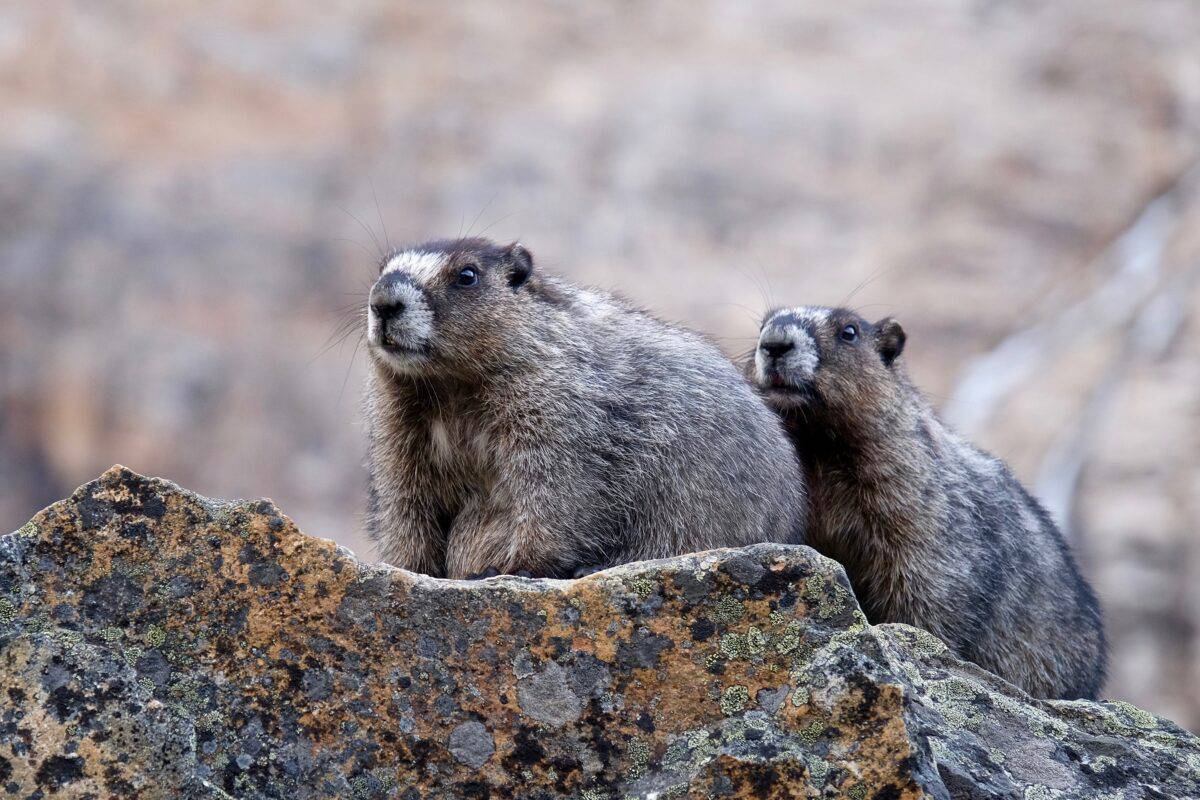
Another species of marmot commonly seen in alpine meadows and rocky slopes. They are diurnal herbivores and feed on grass, lichens and berries.
16. Cascade Red Fox
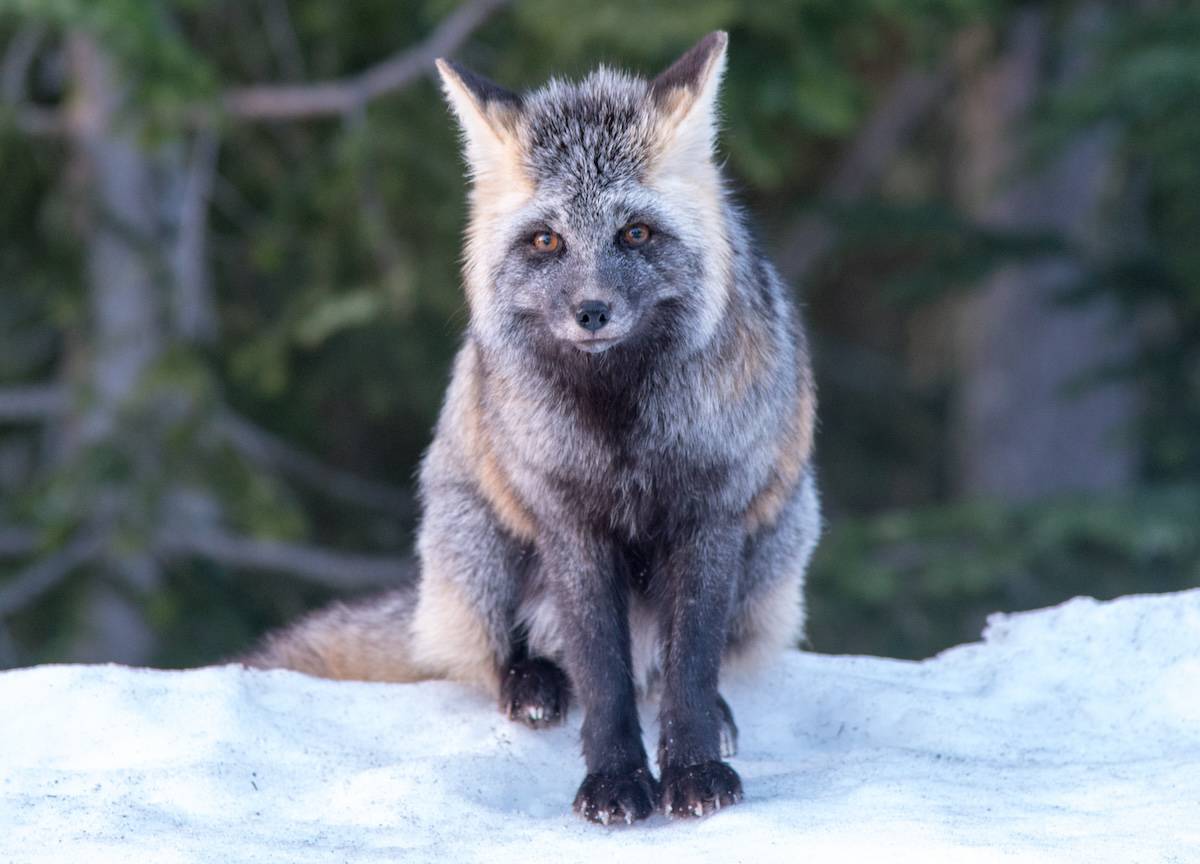
A subspecies of red fox adapted to mountainous habitats, it is endemic to the Washington state. They prey on small mammals and birds living in mountains.
17. Northern Alligator Lizard
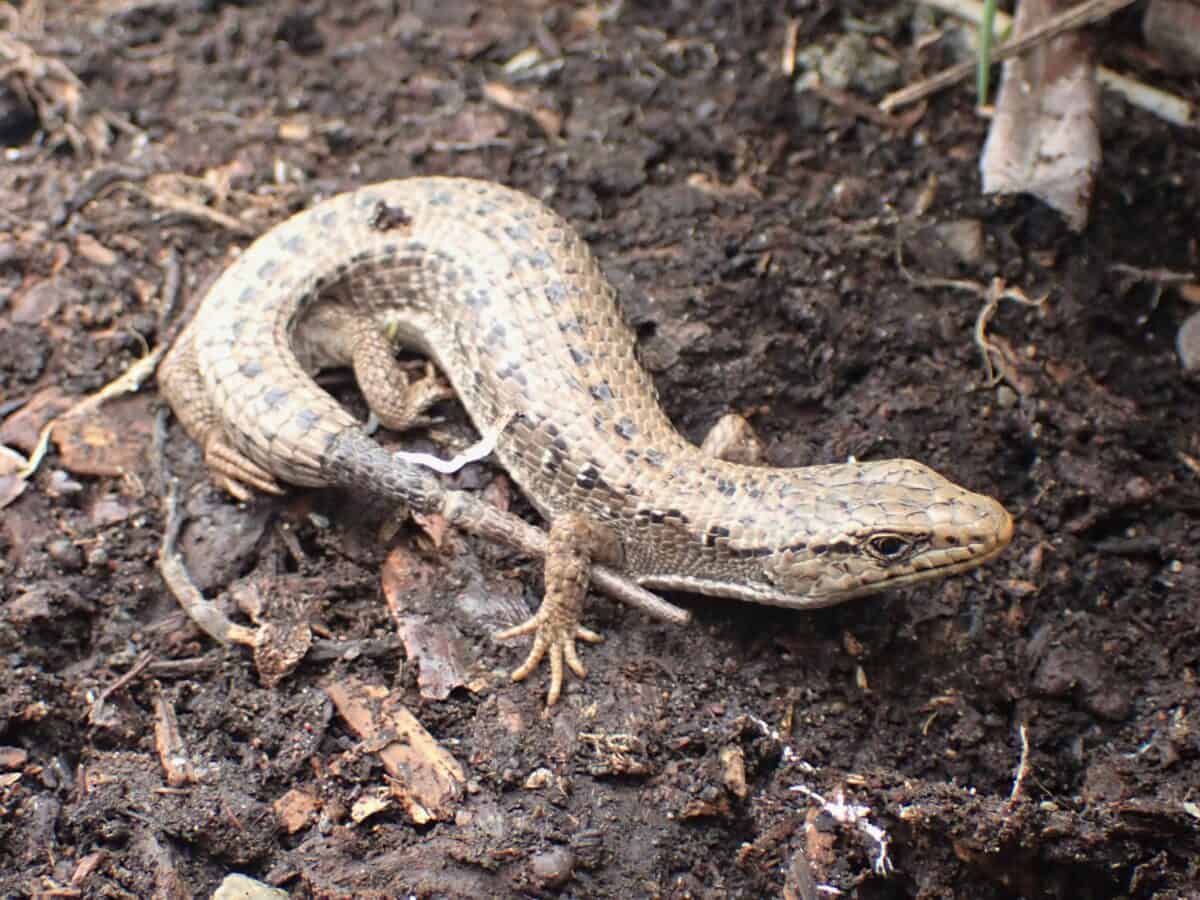
A common lizard found in forested areas and rocky outcrops. They are carnivored feeding primarily on crickets, beetles, spiders and moths.
18. Northern Goshawk
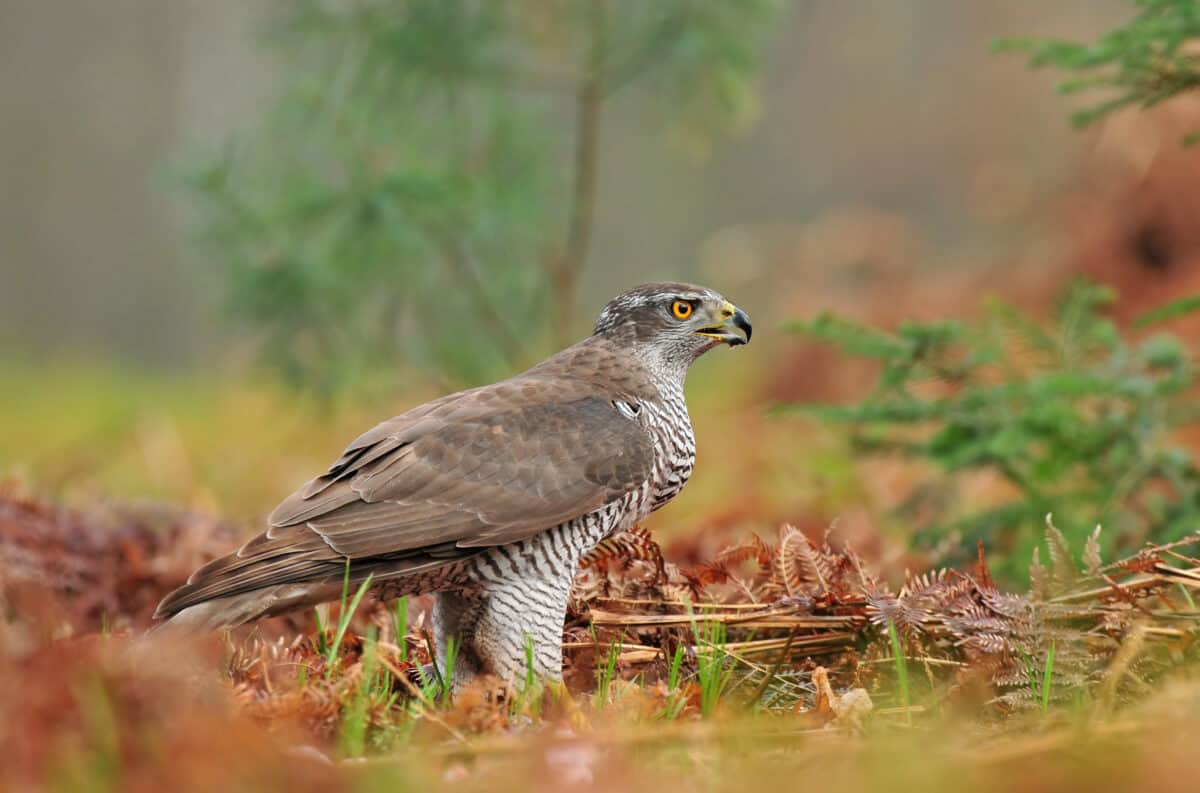
A skilled hunter of forests, preying on small mammals and birds. They are almost as big as a buzzard, and considered “true hawks”.
19. Columbia Spotted Frog
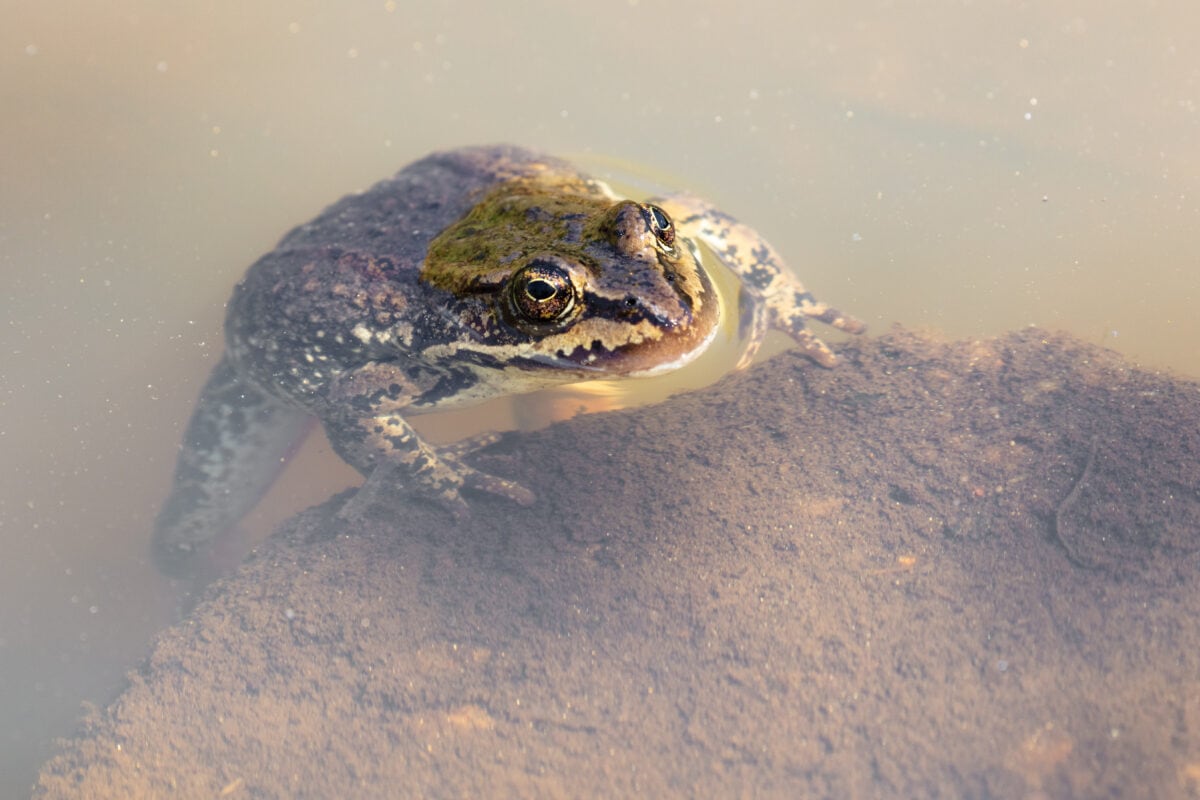
Found in wetlands and ponds throughout the park. It is green to brown in color with spots on its back. The belly and upper lip are white.
20. American Pika
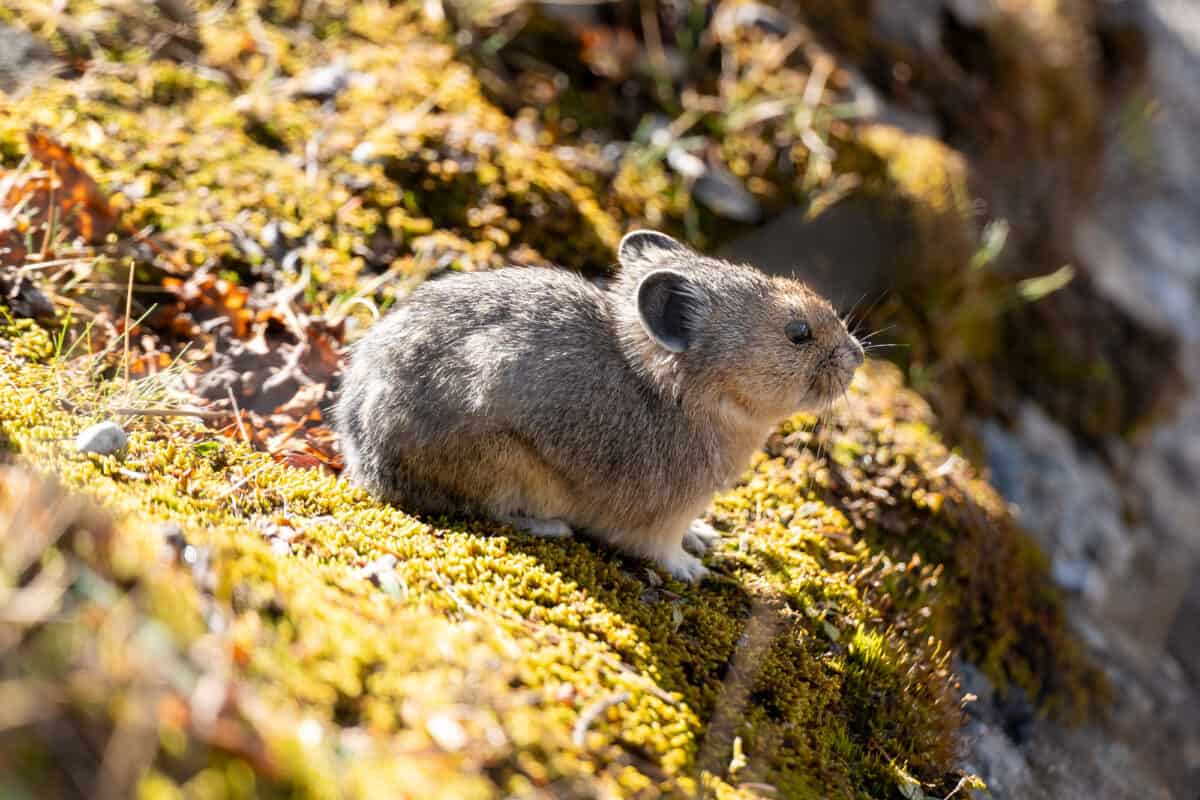
Small, herbivorous mammals known for their distinctive “haystack” food caches. The American pika, is a diurnal species of pika, and is found in the mountains of western North America, usually in boulder fields at or above the tree line.
21. Northwestern Salamander
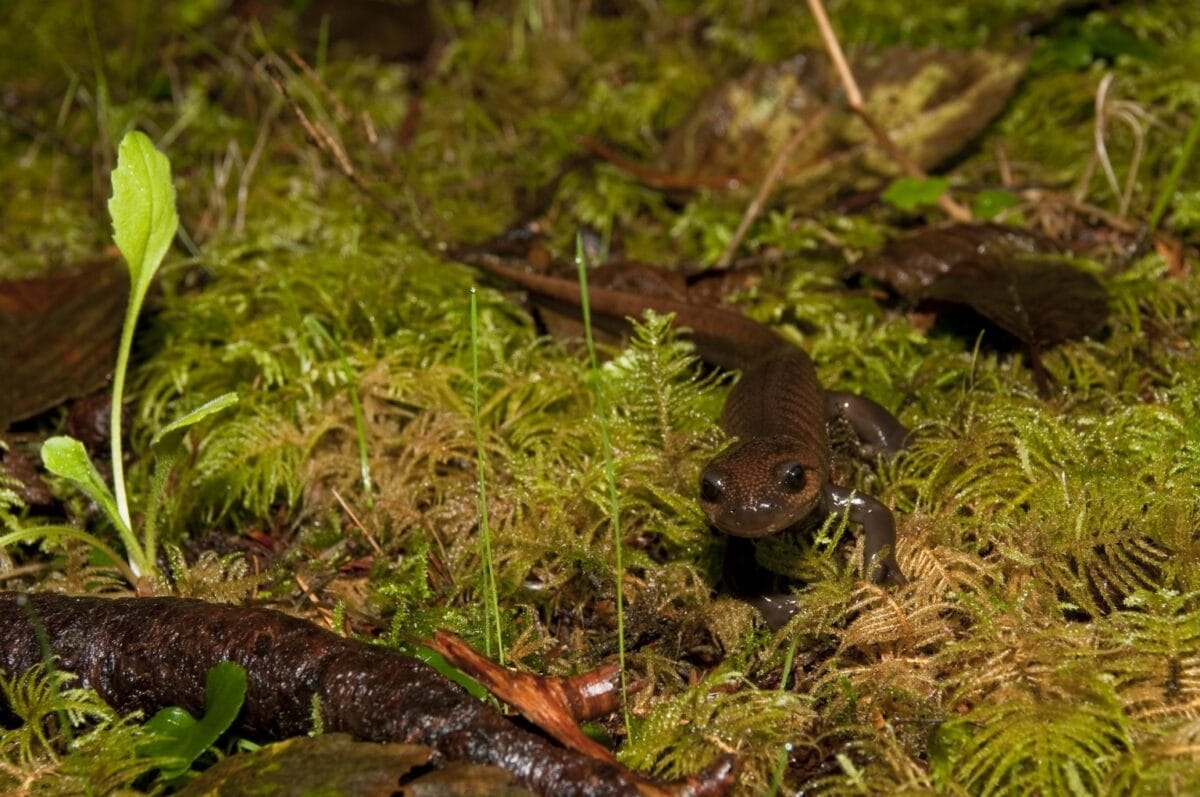
Large, terrestrial salamanders found in damp forests and near streams. When disturbed They butt heads and raise tails while emitting a sticky white poison from glands behind eyes and along back and tail when threatened and lash tails to spread the poison.
Conclusion

These animals represent just a fraction of the diverse wildlife that inhabits Mount Rainier National Park, showcasing the rich biodiversity of this iconic wilderness area, each organism contributing uniquely to the habitats found here. I hope you enjoyed reading about the animals that are call Mount Rainier National Park Home. To read more like this, check out the articles below:
- 21 Animals That Call Denali National Park Home
- 21 Animals That Call Acadia National Park Home
- Top 21 Animals Of Everglades National Park
Join our Forum for free today!

- Watch As Seven Bears Scale a Single Tree - July 23, 2024
- Incredible Bond: Cute Dog and Jolly Dolphin Form Unlikely Friendship - July 23, 2024
- Brown Bear Approaches And Wiggles His Foot - July 22, 2024

